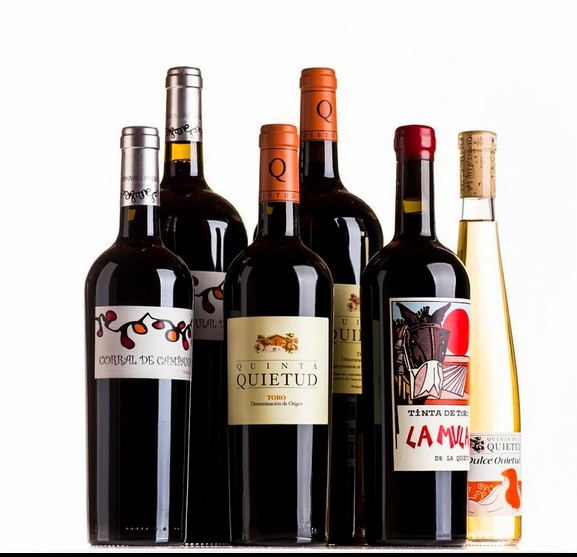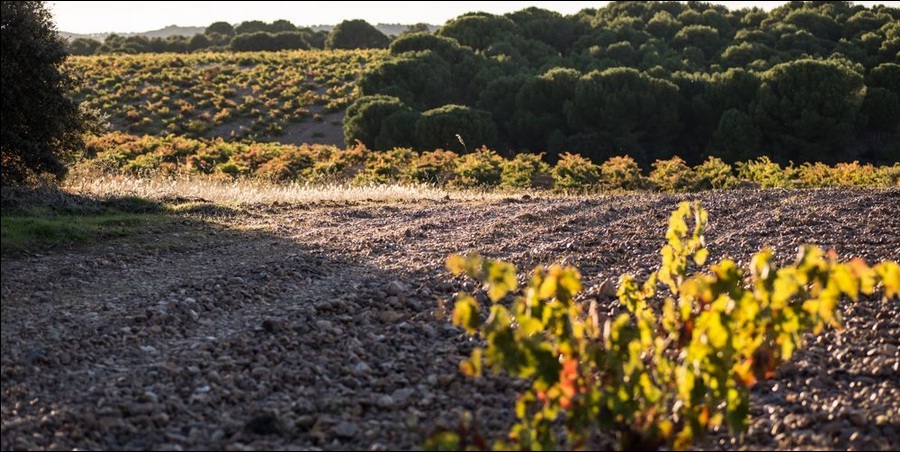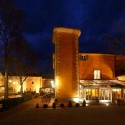Written by Ana Gil Peña
There are 65 official wine regions in Spain, but most people probably drink wine from only two or three. Not every wine store has a good selection of anything but Rioja and Ribera del Duero, even though there are many rising stars such as Ronda and Somontano.
The best white wine in Spain is made from the Godello grape in the Valdeorras region, just next to Rías Baíxas, and the full reds from El Bierzo and Toro should never be overlooked. When the Toro region got its official DO (Denominación de Origen) status in 1987 there were just four bodegas; today there are nearly 60. Situated in northwestern Spain’s Zamora province, the climate is extreme. Ten degrees below zero in winter is normal, with summer temperatures in the mid-30s. More than 3,000 hours of sunshine annually make for a wine high in alcohol, and 15 per cent is common. That great “wine river”, the Duero, breathes life into the Toro region once it has flowed through Ribera del Duero and Rueda, before going on to work its magic in Oporto.
Many drinkers feel that the wines from Rioja and the Duero are a little on the pricey side, and that there must be some bargains around if you cast your shopping bag further afield. For lovers of full-bodied wines, Toro may provide the answer.

One Toro bodega in particular has leapt to the fore in just a few years since its founding in 1999. Founded by a French couple but now owned by local Spanish investors, Quinta de la Quietud only has 16 hectares of vines, grown organically,and its wines are extremely well made. The flagship label is Quinta Quietud, made from the locally-denominated Tinta del Toro grapes, known elsewhere as Tempranillo. Although other varieties are grown, such as Garnacha and Cabernet Sauvignon, wines must have a minimum of 75 per cent Tempranillo. This wine is superb value at €18.
There are two other reds, Corral de Campanas, a younger, fruity wine, to be drunk within five years of its vintage (€9); and the oddly-titled La Mula de Quietud, described as a “garage wine”, and made from vines of 80-plus years old. It is, like the others, 100 per cent Tinta del Toro, but made in very small quantities. This is as good an example of Toro at its best, and you have to pay for it (€48). In addition, there is a dessert white, La Dulce Quietud, (€25). As a first lesson in Toro wines, there is no better introduction.
Local stockist is Birdie Wines in Fuengirola: www.birdievinos.com




